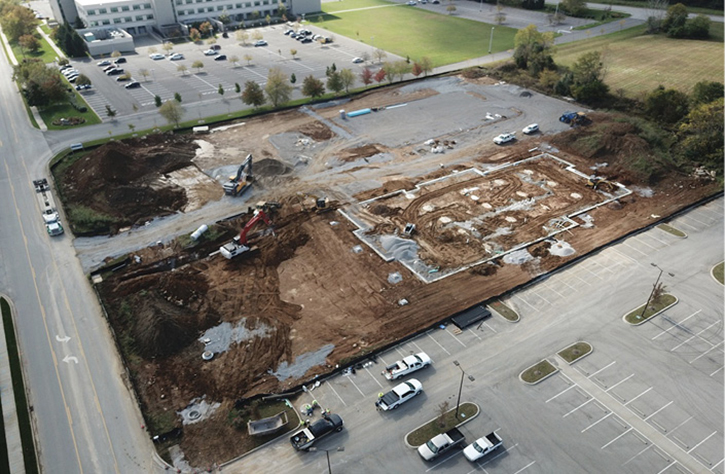
TRAINING NOTEBOOK ❘ By MIKE WALLINGFORD
In today’s fire service, when someone mentions building construction, what is the first thing that comes to mind? Most would agree that it’s type I-V and all the things that make each type unique. The knowledge that we possess on the building types within our districts assists us greatly in identifying hazards and challenges that may be present. We spend time conducting preplans or target hazard surveys of the structures in our districts to identify items such as utility shutoffs, closest water sources, fire loads, floor layouts, and fire department connections. These types of plans are extremely important in aiding companies for successful responses. This article will give you a look beyond the completion of the construction and before tenants are ready to move in or companies are ready to start operations.
Preconstruction Issues
Hazards, risks, and challenges exist at a site well before the structure is complete and ready to be used. No matter the type of organization to which you belong—whether it is volunteer, career, or industrial—there is some type of construction being performed in your area. The economy in this country has been inviting companies and individuals to build new structures; this can be a direct result of company or family growth or acquisitions. My focus is typically on building construction, not necessarily construction of the building, which entails much more than we look for in our preplans.
MORE FIREFIGHTER TRAINING
From The Ground Up, Part 1 | Part 2
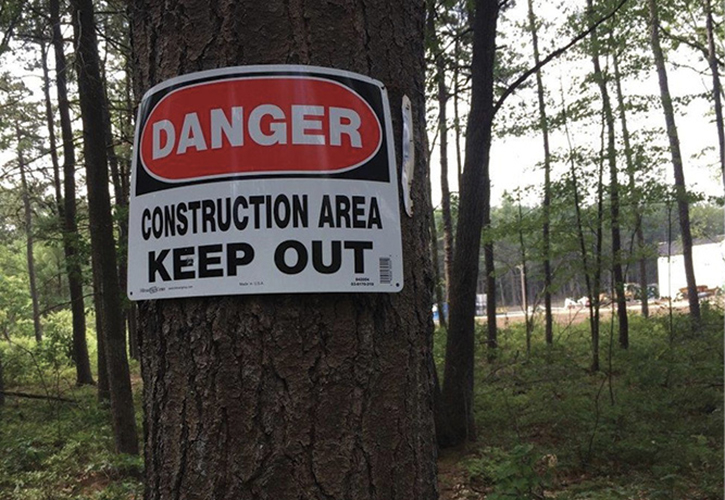
(1) Photo courtesy of Wikimedia Commons.
Construction of the building starts with an empty lot, an outdated building, or a field or wooded area. Preplanning should begin when the city hall, district, or proper authorities receive plans for approval. If these are items that you don’t normally see in your district or territory, ask questions. Determine what local building code and fire codes are adopted and which specific provisions apply to the construction taking place. We can all get excited about something new coming to our area, especially when it’s something that you and the crew or family can enjoy, but the plans mean more to us in this instance. These plans can educate us on how large of a structure is planned, types of utilities needed, how much green space is required, and what type of construction it will be. Let’s break down some of these items and discuss the challenges or risks that they may pose for a response during the construction phase.
Construction Phase Planning
One of the first things to consider in your preplanning stage is stopping at the construction site and creating a relationship with the site developer. This relationship can help you and your crews understand and get a better look at the type of work being done as well as consider any future training opportunities. Most construction safety professionals are very inviting to emergency responders who want to familiarize themselves with the site because it makes us more efficient in our responses when they are needed.
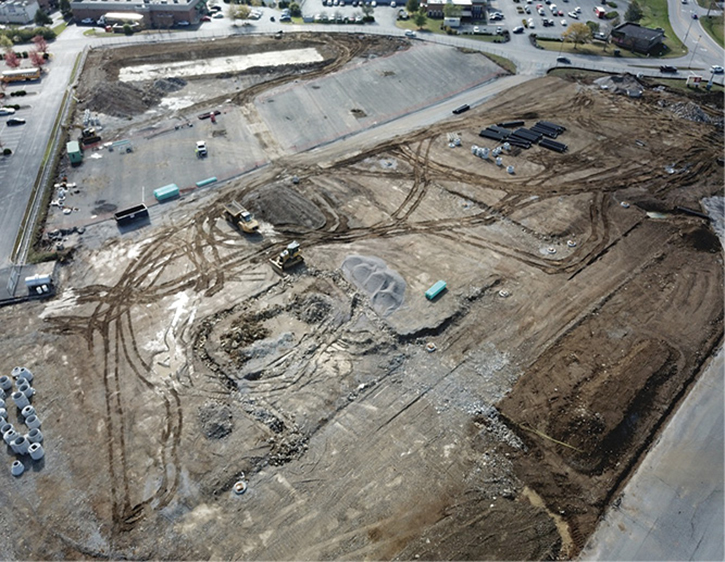
(2) The beginning stages of an apartment complex. (Photos 2-6 by Harrison Heick.)
After you have looked beyond the construction site entrance, consider the challenges that begin when the first piece of construction equipment has arrived. Throughout the scope of the project, we are typically going to be challenged with access issues. Because of the nature of construction, there aren’t many times when you will find gravel or paved roadways that will allow our equipment to access every area of the site; the emergency to which you may respond may very likely be more than 500 feet from any type of access. So, how are you going to gain that access, and what types of tools or resources would you need to respond effectively? This is one of those times when a visit to the site to meet with the site developers may assist you—there may be vehicles or construction equipment on site that can help you get staffing and tools to the affected areas.
Construction Types
Let’s break down the different types of work that construction crews may be performing within your response areas. The following tasks are typically performed at most construction sites, whether a residential home, an apartment, or a multistory high-rise; the difference will be in the size, depth, or magnitude of the needs within the facility being constructed.
The first job performance will consist of trenching or excavating to install the new utilities. Take a moment to think of the luxuries we have in our homes like running water, sewers, and electricity. In an industrial/commercial setting, these have to be much larger than normal and may require multiple lines to accommodate the potential tenants. Most utilities are installed at depths of four to eight feet, depending on the utility. Keep in mind that builders must install the storm or sanitary sewer system much deeper than normal, but in this scenario, let’s figure it is four to eight feet.
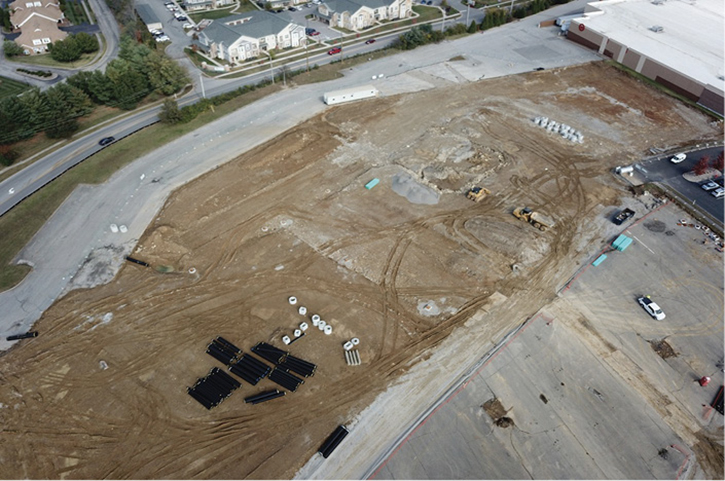
(3) The pipe and structures shown here are positioned in areas where trenching will occur for installation.

(4) This site will become an office complex. Currently, there are multiple trades on sites conducting work.
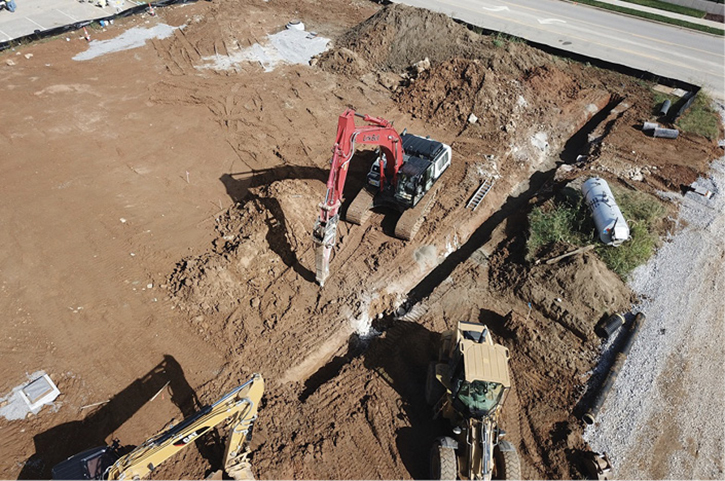
(5) Trench work to install pipe and structures.
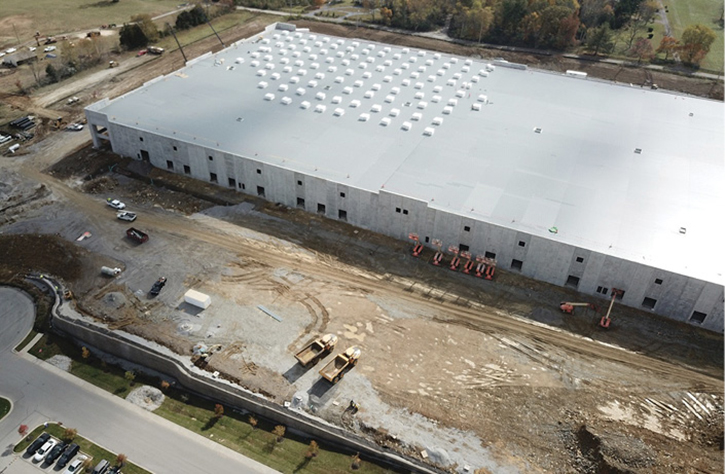
(6) This structure is still undergoing completion. This work requires aerial lifts and cranes.
When you look at your organization, what abilities or resources does it have to handle an incident if there were, for example, a cave-in? If you don’t have the resources in house, what time frame would it take to assemble these, and what can you do in the meantime while waiting? The answer is a lot; following are a few examples:
- Secure any running equipment to ensure there aren’t any additional vibrations that may cause a secondary collapse.
- Secure the area and remove all nonessential contractors to keep a concerned coworker from becoming a secondary victim.
- Contact the contractor to gather any information about the collapse. This may help locate the last known area of the trapped worker.
So, once a crew has installed the piping, there is a strong chance they will also be installing structures to tie in all of the work together; this also allows for manhole access, which creates the next response.
Confined space in construction is something many train on but never have the opportunity to respond to, but that doesn’t make it any less likely to happen. Once again, we are having to ask the same questions of our organization as we did with trenching/excavation response: What can we do? Do we have the tools? Do our members have the knowledge?
Working
The last job task I will discuss is regarding workers who perform their duties off the ground or at significant heights. These jobs may be for roofing, framing, or any other task where a worker may be elevated more than 10 feet off the ground. When you combine a worker who has fallen but may still be on an upper area/level and the previously mentioned access issues, this rescue becomes more difficult because we need to get the proper tools, equipment, and apparatus into an area where they can be used to the extent that is necessary. This is yet another reason it is so important to get out in your areas to see what is going on; you can’t wait for the structures to be complete before you worry about them. The hazards and obstacles begin when the first piece of construction equipment arrives on the site.
An analysis of your abilities and resources based off the few items discussed in this article will be a great start for any organization. It will surely begin a new line of discussion that can give you and your leaders the knowledge and ability to better prepare moving forward.
Let’s stop focusing on the structures when they are complete and invest the time in preparing for the challenges during the construction phase. Remember, we must function as a team or we will fail.
MIKE WALLINGFORD is a 25-year fire service veteran who is a career captain with Jeffersontown Fire and EMS in Louisville, Kentucky. Wallingford is also the environmental health and safety coordinator for a large construction and paving company in Louisville.

